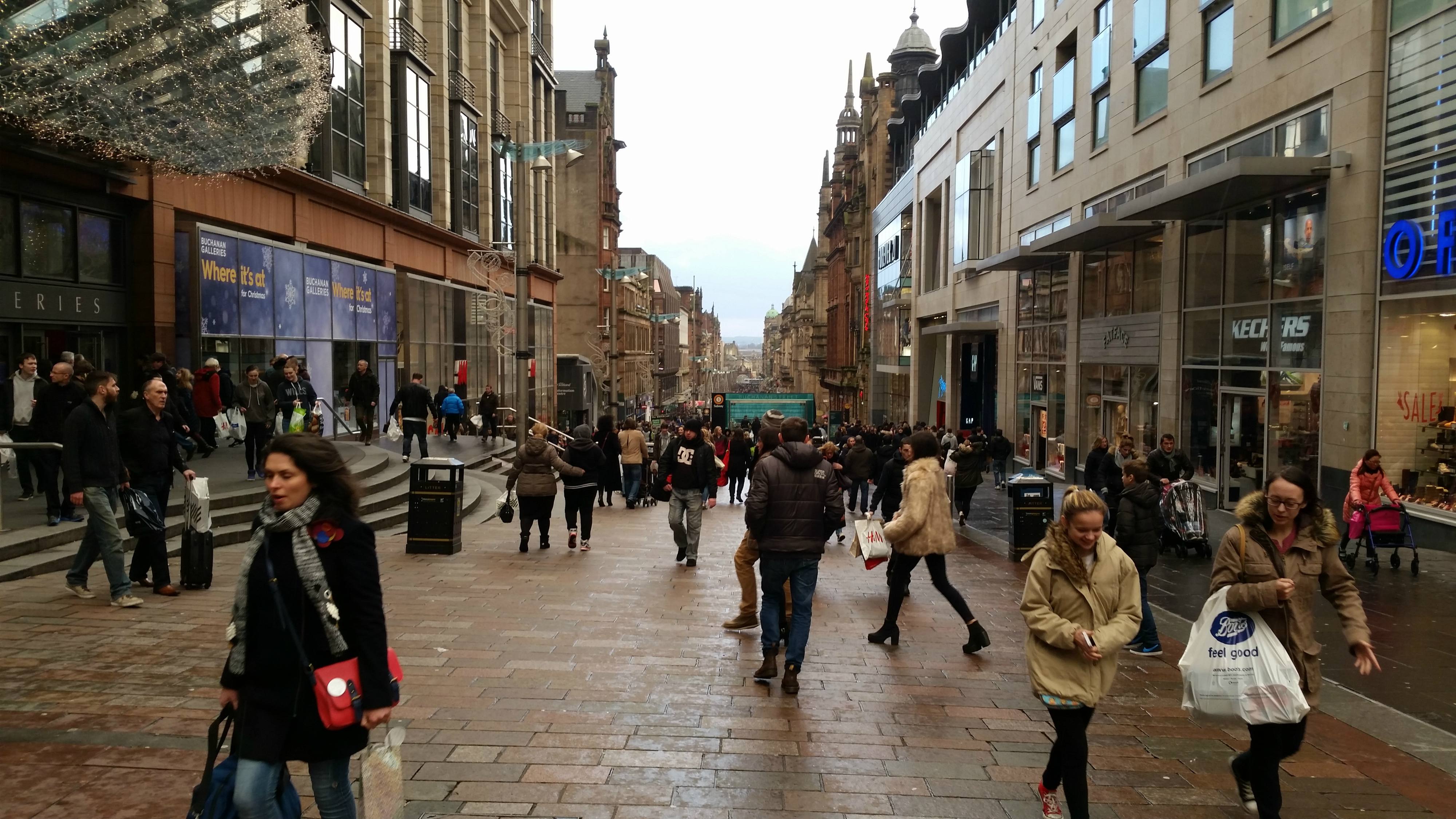The Answer to Holiday-Parking Hassles: Let Prices Rise
Every year, holiday shopping sends Americans on billions of trips, searching for gifts, buying food for holiday meals, and preparing their homes for family to come to town. These trips often patronize small businesses that make unique products that people demand in the holiday season. Small businesses anchor local downtowns, and suffer when parking is scarce and it’s harder to get to them than competitors located in auto-oriented strip malls further away.
Scarce parking is a sign that prices need to rise or more parking needs to be created. The laws of supply and demand apply to parking too, as famed parking scholar Donald Shoup has made abundantly clear. Public parking has many of the aspects of a common-pool resource, which makes how best to use the pool of parking assets the question parking economists face, and publicly provided parking tends to be over consumed. Like other infrastructure goods, parking works best when the prices reflect one’s impact on general parking scarcity.
Towns can often increase the supply of parking at minimal cost by removing resident-only zoned street parking near downtown. Beyond taking parking from other uses, though, adding to the quantity of parking becomes costly. Building municipal lots requires conveniently located land, and city garages cost an average of nearly $9 million to build. This means that the quantity of parking in a typical town is for the most part fixed, so the economic question is how to best manage this common-pool resource. Barring an increase in quantity, the only other option is an increase in price.
Technology has come a long way since the coin-fed meter that required a single, fixed price for parking. The limits of the old technology meant prices lagged far behind inflation, only rising once every few years at most frequent. Following with this culture of slow change, public parking prices have been slow to rise as well. Today’s kiosk and app-based systems allow for prices that increase at times of peak demand. Prices can vary by hour, by block, and can be higher on days of anticipated demand spikes. Combined with sensors in the pavement, prices can also vary with demand in real time to ensure regular turnover of spaces.
This means a more reliable trip downtown at any hour. Knowing the prices are higher at peak times means people don’t need to plan extra time in case they need to circle around for parking. It also means that local businesses always have places for not only shoppers but delivery drivers too. The peace of mind that comes with reliable trips takes one of the biggest headaches out of shopping in a store instead of on the internet. Improvements like updating to dynamic pricing of parking can help bring vibrancy to downtowns everywhere, by allowing more people to reliably access places they want to visit.
Image: Michel Curi.









